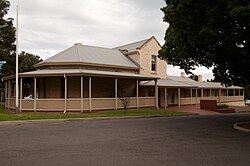
The Old Gum Tree is a historic site in Glenelg North, South Australia. Near this tree on 28 December 1836, the British governor John Hindmarsh delivered the proclamation announcing the establishment of Government of the colony of South Australia. A ceremony is held each year at the site on Proclamation Day, with the current Governor reading out Hindmarsh's original speech.

Glenelg is a beach-side suburb of the South Australian capital of Adelaide. Located on the shore of Holdfast Bay in Gulf St Vincent, it has become a tourist destination due to its beach and many attractions, home to several hotels and dozens of restaurants.

Alberton is a metropolitan suburb in the west of Adelaide, South Australia, about 20 minutes drive from the city. Part of the City of Port Adelaide Enfield, it is bordered by the suburbs of Rosewater, Queenstown, Cheltenham and Port Adelaide.
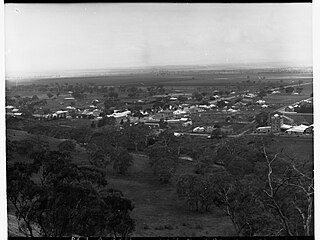
Melrose is the oldest town in the Flinders Ranges, South Australia. The town was once named "Mount Remarkable".
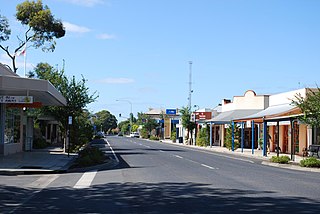
Penola is a town in the Australian state of South Australia located about 388 kilometres (241 mi) southeast of the state capital of Adelaide in the wine growing area known as the Coonawarra. At the 2021 Australian Census, the town of Penola had a population of 1,376.

Gepps Cross is a suburb and major road intersection in the north of Adelaide, South Australia. Gepps Cross is traditionally seen as the end of the inner suburbs and the start of the outer northern suburbs, as it was home to a major abattoir with holding yards and other open space. It is the first significant open space encountered after the North Parklands. It retains the open nature, even with warehouses, a velodrome, hockey stadium, Adelaide Raiders – a Croatian soccer club, and karate training facilities.
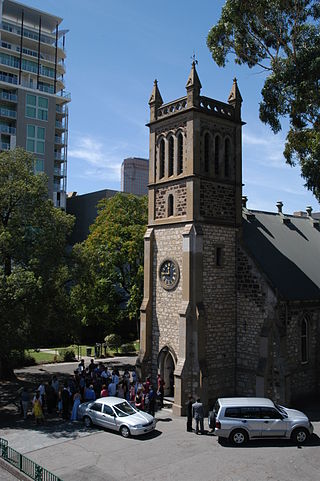
Trinity Church Adelaide, formerly known as Holy Trinity Church and later Trinity City, is an Australian evangelical Anglican church located at 88 North Terrace in the city of Adelaide, South Australia. Established in 1836, it is one of the earliest churches in the colony of South Australia.
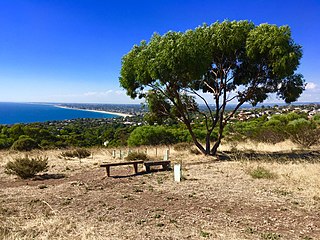
Marino is a coastal suburb in the south of Adelaide, South Australia that's surrounded by a conservation park and rugged coastline. This suburb is a brilliant place for families to develop an adventurous life in a unique setting with most houses having sea views and access to meandering public open spaces. The suburb even has its own working lighthouse. Marino's elevated position provides panoramic views of the ocean – Gulf St Vincent, the metropolitan beaches and Adelaide CBD. Marino has access to the North or South via Brighton Road, has two railway stations on the main Seaford Line and a host of walking and cycle trails to the neighbouring beaches and wine region. A community cooperative has purchased a restaurant building on the beachfront on Marine Parade. It's called Marino Rocks Social. The cooperative's first project is to run a cafe. The cooperative has 250 members, all with equal status, who have invested money or effort and is completely independent of other local community associations.
Marryatville is a small suburb about 4–5 kilometres (2.5–3.1 mi) east of Adelaide's central business district, in the local council area of City of Norwood Payneham St Peters. Comprising low- to medium-density housing, two large schools, a church and several shops, it also has two creeks running through it. The first European settler on the land was George Brunskill in 1839, with part of the land purchased and laid out as a village in 1848 by James Philcox.
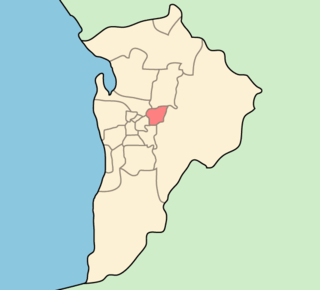
The City of Campbelltown is a local government area in the north eastern suburbs of Adelaide, South Australia about 6 kilometres from the Adelaide GPO. The city is bordered by the River Torrens and the City of Tea Tree Gully, the District of Adelaide Hills, the City of Burnside, the City of Norwood Payneham St Peters, and the City of Port Adelaide Enfield.

Government House, located in Adelaide on the corner of North Terrace and King William Road, is the official residence of the governor of South Australia.
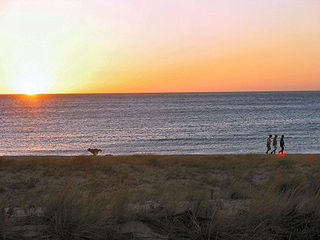
Seacliff is a coastal suburb located in the capital city of South Australia; Adelaide. Overseen by the council, City of Holdfast Bay, this suburb is adjacent to South Brighton, Seacliff Park, Marino and Kingston Park.
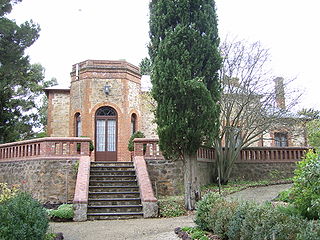
Old Government House is a historic building located in Belair National Park, South Australia, and was South Australia's first official vice-regal summer residence of the Governor of South Australia from 1860 to 1880, and was used by governors Richard Graves MacDonnell (1855–62), Dominick Daly (1862-68) and William Jervois (1877–80). It was constructed from local sandstone, with the red-brick for the quoins sourced from the Blackwood brickworks, and a native timber shingle roof. The residence's indoor plunge-pool was reportedly the first in the colony.
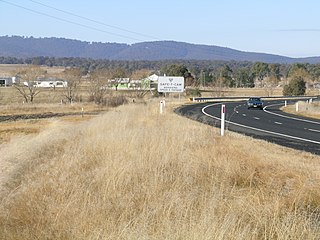
Dundee is a rural locality about 40 kilometres north of Glen Innes on the Northern Tablelands, New South Wales, Australia. It is situated on the New England Highway at the Severn River in Severn parish, Gough County, New South Wales. The elevation is 985 metres.

Martindale Hall is a Georgian style mansion near Mintaro, South Australia which appeared in the film Picnic at Hanging Rock.

Cummins House is a historic house in Adelaide, situated at 19-23 Sheoak Avenue, Novar Gardens. It was listed on the South Australian Heritage Register on 24 July 1980.
Tumby Island Conservation Park is a protected area in the Australian state of South Australia associated with Tumby Island in Spencer Gulf and located about 5 kilometres southeast of the town of Tumby Bay.
Warrenben Conservation Park is a protected area located in the Australian state of South Australia on the Yorke Peninsula of about 12 kilometres north-east of Marion Bay.
Moorook Game Reserve is a protected area in the Australian state of South Australia covering the floodplain on the south side of the River Murray in the localities of Kingston-on-Murray and Moorook immediately south of the section of the Sturt Highway that passes between the towns of Kingston-on-Murray in the west and Cobdogla in the east. It is located about 180 kilometres east north-east of the state capital of Adelaide.
Reedy Creek Conservation Park is a protected area located in the Australian state of South Australia in the localities of Clay Wells and Greenways about 300 kilometres (190 mi) south-east of the state capital of Adelaide and about 28 kilometres (17 mi) north of the town of Beachport.
